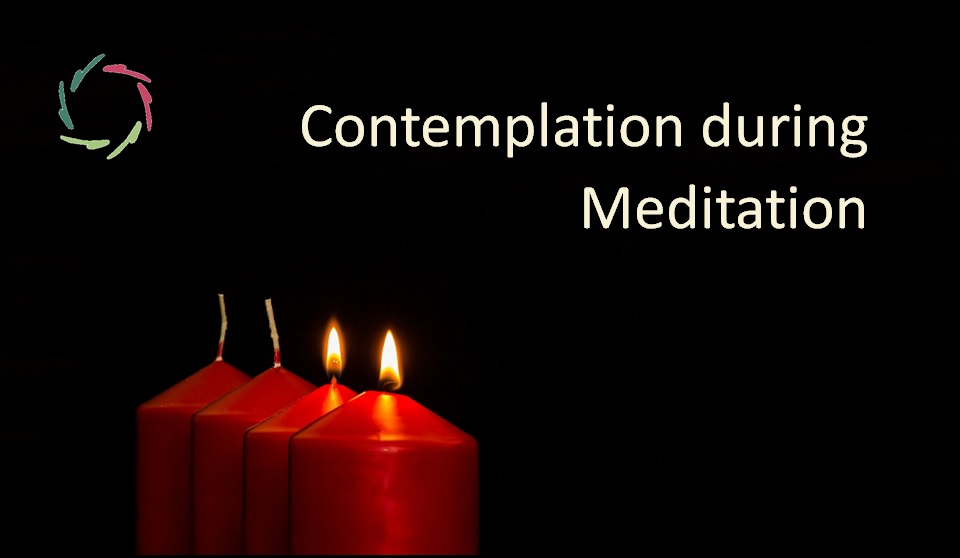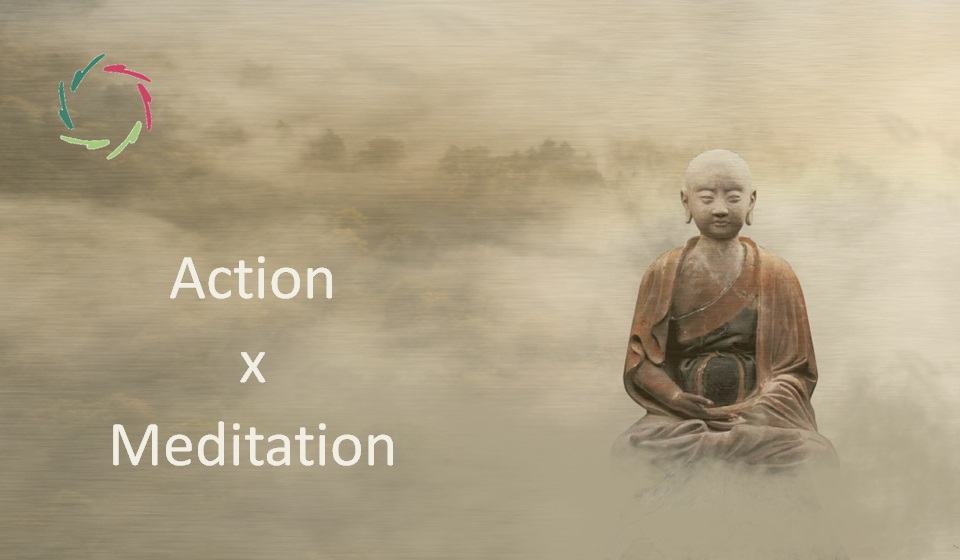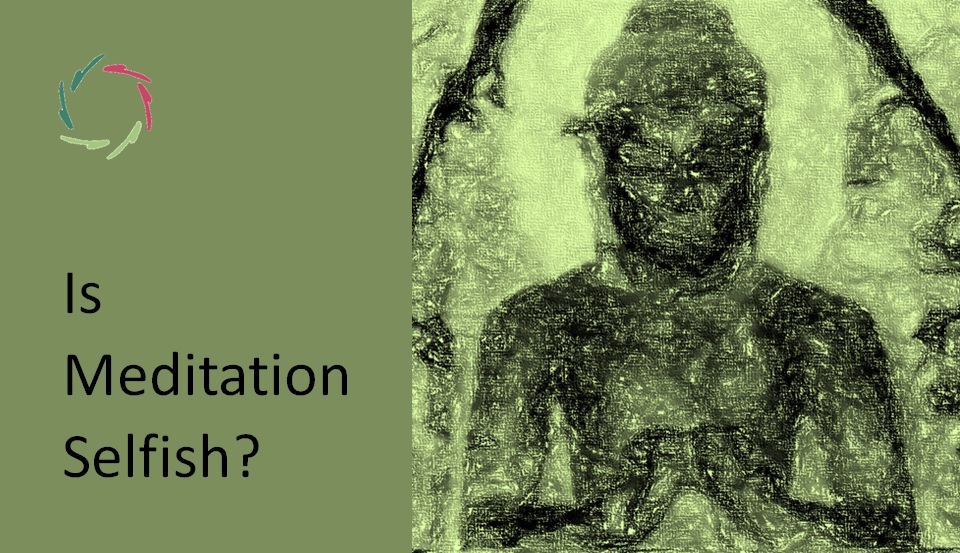Contemplation during Meditation

Meditation is an excellent mental environment in which contemplation can take place. In a good way, contemplation doesn’t diminish the meditation but rather strengthens it from the inside.
Etymology
From the Latin Contemplatio: an ‘act of looking at, considering, religious musing.’ Templum is, of course, a temple where religious musing takes place.
Contemplation is not simply daydreaming, ruminating, or fretting about something at the surface level. It is a musing related to depth.
Meditation as searching Openness
Meditation can be seen as self-invitation to ‘free the mind’ of conceptual thinking, thereby making room for something else ― say, the subconceptual.
Pointed concentration can help free the mind from other concepts. Of course, the object of concentration can become a mind-filler by itself, but that is not the aim. The goal is to use this technique to prevent the free-flowing of all other concepts.
Meditation is about the opening of one’s inner mental landscape. This way, in contemplation, other new things can come and find a place where they are welcome.
Contemplation within Openness
Contemplation is always about something: a happening, an idea, a question, an expected emotion…
Compared to pointed concentration, contemplation does not rigidly (try to) focus the mind on this or that one thing. The object of contemplation is meant to be movable, to evolve in a way that brings mental growth to the meditator.
Inspiration: ‘spirit’ enters your mental house
This is inspiring through your mentally opening yourself to the object of contemplation. It brings original viewpoints (origo = the source itself) that can lead to new insights which are congruent with your deeper self or total person.
An experienced meditator can use this happening not to let his meditation be interrupted or diminished but to let what happens under the meditative surface emerge afterwards. This way, after a few hours or days of meditation, he can indulge in a period of heightened inspiration.
Conversely, in the case of writer’s block, the writer can better not try to enforce the Muse but take the occasion to go on a meditation retreat. This doesn’t automatically bring inspiration. It is a path that still needs to be traveled. At least, it’s an interesting path.
Other uses of contemplative meditation
One can contemplate on any personal issue. It works to put effort into it and, even so, not to expect miracles to happen. There is no free lunch or free inspiration. It requires spontaneity as well as hard work if needed.
Integrating it in a course of psychotherapy is always interesting on the condition that one feels OK with the contemplation. It’s always interesting to integrate it as a part of mental growth.
As in AurelisOnLine sessions
These are all meditative. They are made so and meant to be experienced as such, thus giving room for contemplation concerning specific issues.
Right after a session, the user can take some minutes to ‘muse’ about what just happened and contemplate a bit more. The Muse may then visit you and you can do some work together.
If you see her, say hello.


